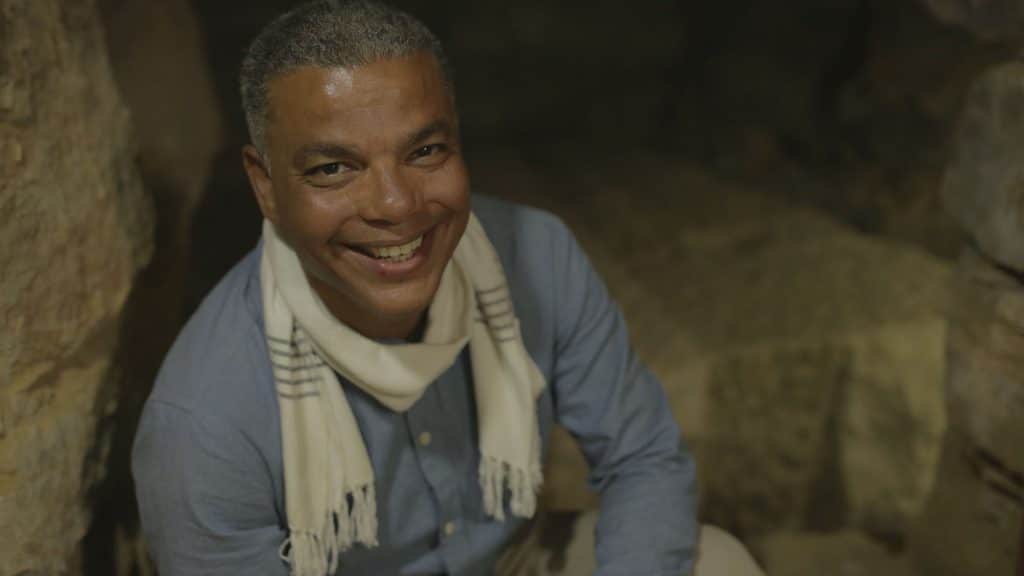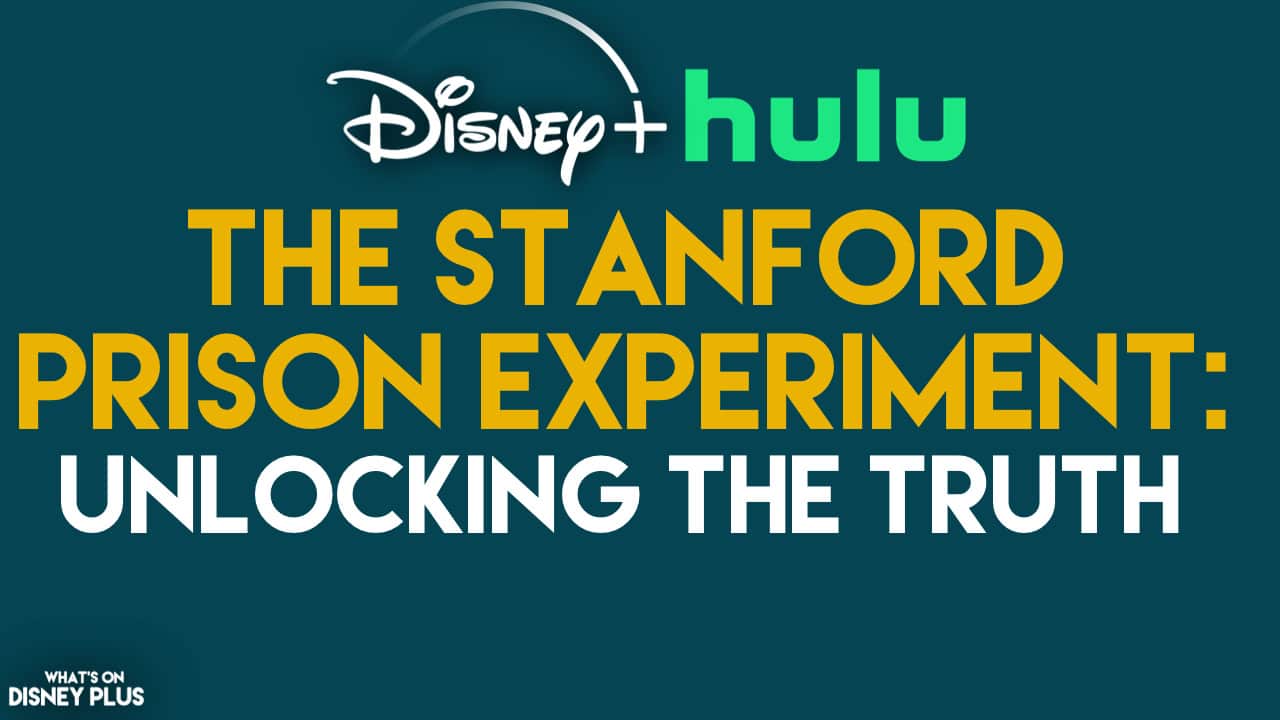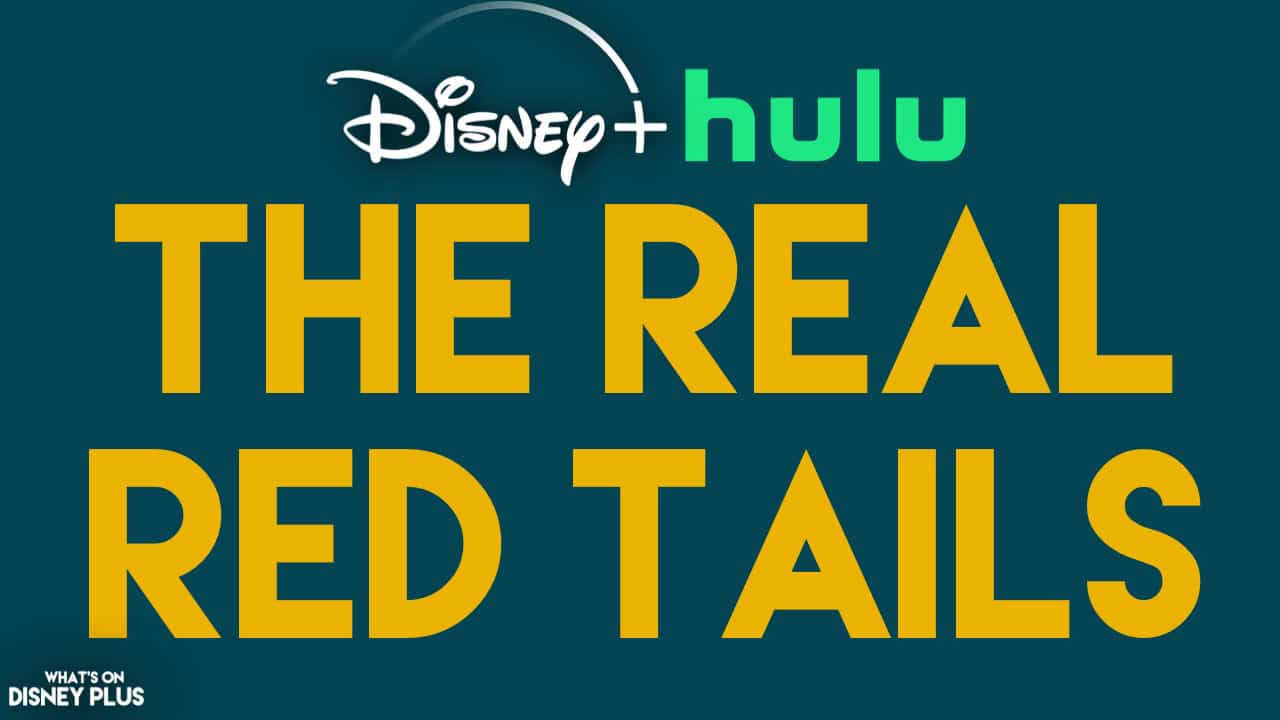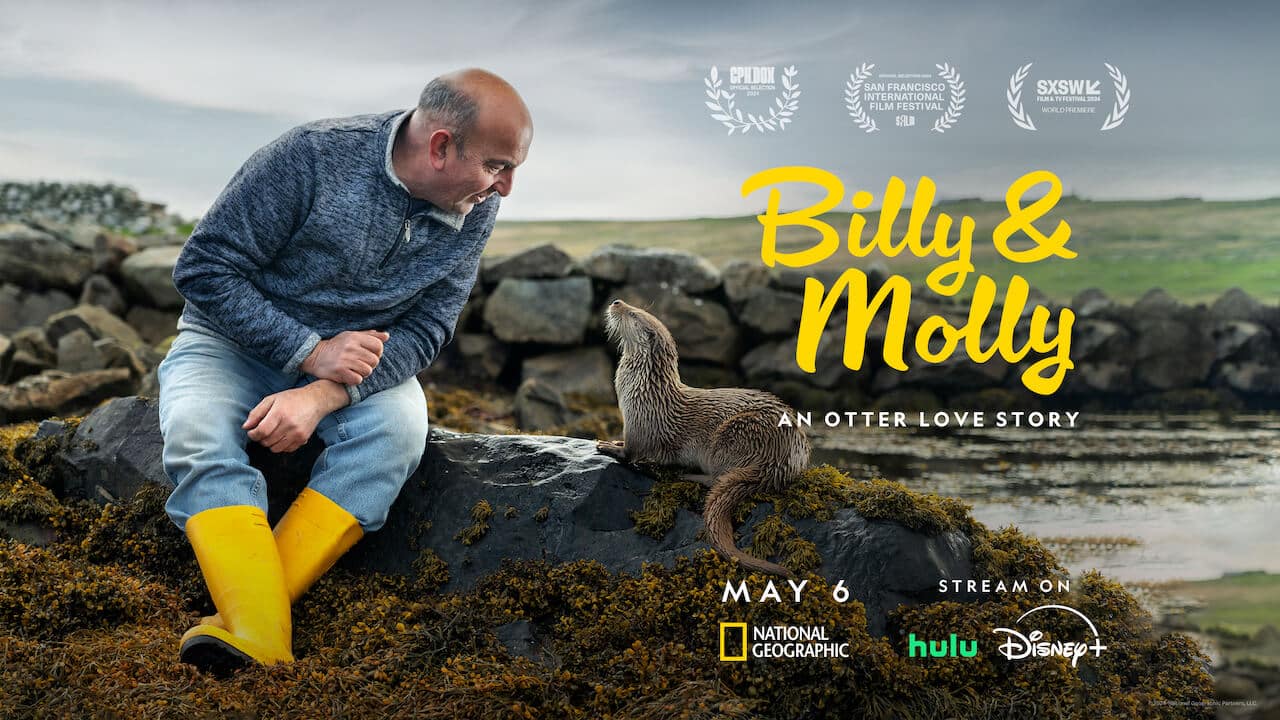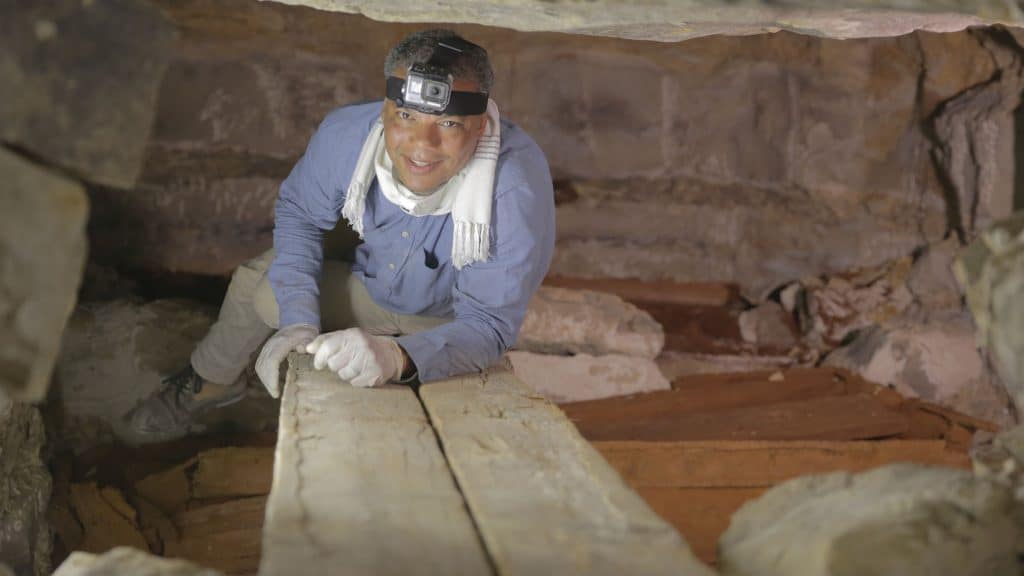
“Kingdom Of The Mummies” Coming Soon To Disney+
Disney has announced that the National Geographic documentary series, Kingdom of the Mummies, will be coming to Disney+ in the United States on Friday 18th September.
This series features never-before-seen footage from within ancient Egypt’s first known fully intact funeral home. In conjunction with Egypt’s Ministry of Antiquities, a team of archaeologists led by Dr. Ramadan Hussein from Germany’s Eberhard Karls University of Tübingen, uncovered the burial complex, dating back to 600 BC, deep beneath the sands at the Saqqara necropolis less than an hour’s drive south of Cairo.
The new, four-part series Kingdom of the Mummies, produced for National Geographic by BBC Studios follows the team as they explore the subterranean chambers and open four sealed, 2,600 year-old sarcophagi to unlock secrets forgotten since the age of the Pharaohs.
Kingdom of the Mummies tracks Dr. Hussein’s team, along with Egyptologist Prof. Salima Ikram from American University in Cairo, mummy expert Dr. Stephen Buckley from University of York, digital archaeologist Dr. Matthias Lang from University of Tübingen, geoengineer Dr. Ayman Hamed of Suez University and paleoradiologist Prof. Sahar Saleem from Cairo University, as they make a host of new finds and decipher clues about Egyptian burial processes.
In addition to uncovering the first known fully integrated funeral complex with dedicated areas for organ removal, embalming and burial, the team’s learnings are helping reveal more about death – and the business of death – in ancient Egypt. The latest scientific testing and scanning of the tombs, their relics and the remains of the deceased also add layers of meaning and context to the lessons being gleaned about the sacred rites and commerce that were conducted in this subterranean space.
“The tomb contains mummies of both rich and poor people, as well as evidence of the funeral packages and quality of goods on offer. The evidence we uncovered shows the embalmers had very good business sense. They re-used chambers and re-sold sarcophagi to maximize the capacity of the complex,” said Dr. Hussein.
Peeling back layer upon layer hidden within the funeral home, other key finds included:
- The first gilded silver mummy mask in Egypt since 1939. Only the third such mask to ever be found in Egypt, the exquisite craftsmanship and advanced metalworking technique that involves plating worked silver with a fine layer of gold, represented one step on the journey of the transformation of the dead into a god. In ancient Egypt silver was double the value of gold and non-invasive testing determined the silver’s purity at 99.07%, higher even than Sterling Silver at 93.5%;
- The first mummy buried with an unprecedented six canopic jars holding organs, suggesting an entirely new form of burial. For thousands of years the standard number of these sacred vessels used to store the mummified organs of the dead was four, each guarded by a special god;
- Evidence of a previously unknown cult worshipping a mysterious snake goddess exists via inscriptions on three mummies identify them as ‘Priests of Niut-Shaes’. While she is a previously unknown goddess, a symbol in her name says she took the form of a snake. Three priests indicates a dedicated sect rather than isolated worshippers;
- Two elite priests buried in the shaft were of Libyan descent. In just a few generations of their families moving to Egypt these immigrants reached one of the highest ranks in Egyptian society, proof that ethnicity was no hurdle in multicultural Egypt where Greeks, Carians (from Southwest Asia), Phoenicians, Nubians and more existed side-by-side;
- One mummy was entombed with crossed arms in a divine position usually reserved only for Pharaohs. While surveying the 3D scan of one mummy, ‘Ayawet,’ Dr. Hussein spots the rare crossed arms on his chest, suggesting he could have been a priest of high status;
- And in a rare archaeological coincidence, two of the mummies might be mother and son, buried just 13 feet (4 metres) apart. A priest, ‘Tjanimit,’ named his mother, ‘Didi-Bastet’ on his sarcophagus, while a canopic jar in the opposite chamber is inscribed with the hieroglyphs for ‘Didi-Bastet’.
In order to reach the workshop 40 feet (12.5 metres) below the surface, Dr. Hussein and his team first had to remove 42 tons (38 metric tonnes) of packed sand from Shaft M 23-II. Their efforts revealed the purpose built chamber had strategically placed ventilation shafts and a large built-in incense burner that acted as an ancient air-conditioning and fumigation system, as well as drainage channels cut into the bedrock to funnel blood. Above ground, and 3 feet (1 metre) to the south of the workshop, they found two more facilities that were part of the funeral home including the 100 foot (30 metre) deep Shaft K 24 leading to six tombs containing a total of 54 mummies. At the base of this shaft, they located a tomb containing five burial chambers but, beyond the visible rooms, it took them another year to discover a hidden sixth burial chamber with more mummies behind a false stone wall.
In order to learn more about the contents of the tomb and those who worked and were buried there, the archaeological team used the latest technology to scan and capture as much data about the burial complex as possible, including:
- A medical CT scanner created a 3D digital replica of the sacred canopic jars and their organic contents, a process that has only ever been performed on a handful of such jars;
- Advanced chemical testing on the liquids and labels of hundreds of ancient pots in the workshop revealed the ingredients that made up the recipe for mummification. This called into question the meaning of the Egyptian word ‘entiyu’ (‘ntyw), which experts had long thought meant ‘myrrh’, but new findings by the team suggest this substance was actually made from cedar resin likely imported from modern day Lebanon;
- Using a lightweight and mobile field kit to x-ray the mummies in their own 2,600 year old tombs allowed the fragile remains to be scanned with minimal damage;
- And the digital archaeology team attached to the dig was one of very few using 3D scanning to create integrated models of underground areas. The data they captured will be used to create a virtual recreation so the tomb can be explored by anyone, even when its contents might have crumbled to dust.
Episodes include:
Hidden Chamber
Inside the ancient Egyptian necropolis of Saqqara, Dr Ramadan Hussein and his team work to uncover a unique tomb complex. Ramadan is intrigued by a wall at the bottom of the 100 foot shaft. A hunch tells him it could be a hidden burial chamber. What secrets could it hold? The team have to work fast to remove the unstable rock, but their risky search leads them to one of the biggest discoveries of the dig so far.
The Lone Coffin
In the newly discovered tomb complex at Saqqara, one burial chamber stands out. It holds a single, stone sarcophagus while the rest are packed with mummies. Dr Ramadan Hussein and his team face their biggest challenge yet as they battle to lift the 5 ton lid and reveal the mummy within. Using forensic investigation techniques and the latest technology, what secrets can they discover about the tomb’s 2600-year old owner?
The Broken Seal
Archaeology is like detective work, and never more so when you discover a 12 tonne sarcophagus with its seal broken, and a lid that isn’t flush with the base. From the gaps in the mortar, Dr Ramadan Hussein has a hunch that the lid was removed and replaced in antiquity. But why? Ramadan and his team investigate the evidence at this potential crime scene to discover what – or who – remains inside.
Servants of The Serpent Goddess
In the very deepest level of the tomb complex, Dr Ramadan Hussein and his team discover two priests buried side by side. Their investigation is a rollercoaster ride filled with glittering riches, wealthy priests and the worship of a long lost serpent goddess. But something doesn’t quite add up. Only the latest technology will reveal whether these priests are exactly what – or who – they seem.
Are you looking forward to watching Kingdom of the Mummies on Disney+?

